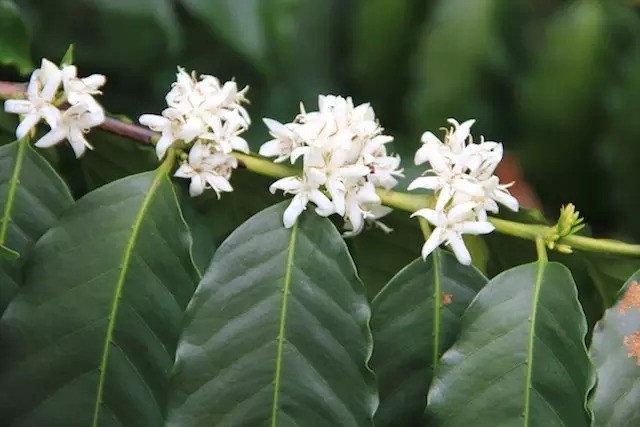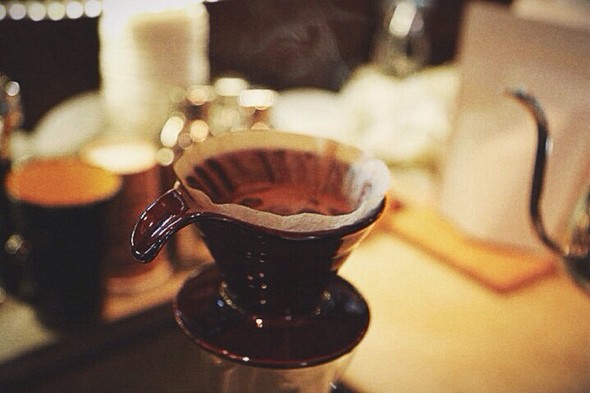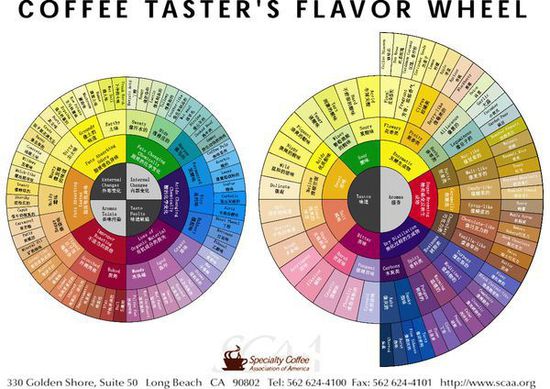Coffee trees, raw coffee beans and ripe beans tell you what coffee is.
Coffee has entered our lives, and all kinds of coffee shops are all over the streets. While we enjoy delicious coffee, do you know the origin of coffee?
Coffee tree cultivation conditions
The coffee tree is native to Ethiopia in Africa. Coffee tree in botany, belongs to the Rubiaceae coffee subgenus evergreen tree, and generally known as coffee beans, survey is the coffee tree fruit seeds, only because the shape like beans, so called coffee beans.
Climate is the decisive factor for coffee cultivation. Coffee trees are only suitable for growing in the tropics or subtropics, so the zone between north and south latitudes is most suitable for coffee cultivation. This coffee-producing zone is commonly referred to as the "coffee belt" or "coffee zone."
However, not all the land in this area can produce good coffee trees. The ideal planting conditions for coffee trees are warm climates with temperatures between 15-25 ° C and rainfall of 1500-2000 mm throughout the year, and the rainfall time should match the flowering cycle of coffee trees. Of course, in addition to seasonal and rainfall coordination, there must be fertile soil. The soil most suitable for coffee cultivation is fertile soil with good drainage and pozzolanic matter.
In addition, although sunlight is an indispensable element for coffee growth and fruit, too strong sunlight will affect the growth of coffee trees, so each producing area usually cooperates with planting some shade trees, generally planting bananas, mangoes and legumes and other tall trees. The ideal altitude is 500-2000 meters. Therefore, Jamaica Blue Mountain coffee grown at 800-1200 meters above sea level has the best quality. It can be seen that the conditions for cultivating high-quality coffee are quite strict: sunlight, rainfall, soil, temperature, and the way coffee beans are harvested and produced will affect the quality of coffee itself.
Coffee is a perennial evergreen shrub or small tree of Rubiaceae. It is a kind of horticultural perennial economic crop with the characteristics of fast-growing, high yield, high value and wide market. Wild coffee trees can grow to 5 to 10 meters high, but coffee trees grown in plantations are cut to less than 2 meters in height to increase fruit yield and facilitate harvesting. Coffee trees bloom for the first time about three years old, white five-petaled tubular flowers, with a faint jasmine fragrance, dense inflorescences arranged in clusters. Flowers wither two or three days after flowering and begin to bear fruit a few months later. The fruit is a stone fruit, about 1.5 cm in diameter, initially green, then gradually yellow, mature into red, and cherry is very similar, so called Coffee Cherry (Coffee Cherry), at this time can be harvested.
Coffee tree opposite leaves are long oval, leaf surface smooth, terminal branches are very long, few branches, and flowers are white, open at the base of the petiole connecting branches. Ripe coffee berries look like cherries and are bright red with sweet flesh.
Coffee fruit contains two seeds, namely coffee beans. The two beans are connected upright, facing each other, with one side of their flat surface. Each coffee bean has an outer membrane called the silver skin, which is covered with a yellow outer skin called the endocarp. The whole bean is encapsulated in a viscous pulp, forming a soft, sweet pulp with an outer shell.
Peel the fruit, the two seeds inside are coffee beans, usually through washing or drying method to remove silver skin.
Green coffee beans are roasted and processed to become edible coffee beans.
Coffee beans can be ground to make a variety of coffee.
After you really know the origin of coffee, do you feel more comfortable drinking coffee?

Important Notice :
前街咖啡 FrontStreet Coffee has moved to new addredd:
FrontStreet Coffee Address: 315,Donghua East Road,GuangZhou
Tel:020 38364473
- Prev

The Origin and function of COE Fine Coffee rating system
Cup of Excellence, referred to as COE, is a boutique coffee rating system. The origin of the Cup of Excellence system: the reason why producers have the motivation to grow high-quality coffee is not just for me to grow delicious coffee! This kind of self-consciousness, but also have high profits. Therefore, there is a high-quality coffee evaluation meeting, using the COE system, according to the score evaluation ranking. Frequency of COE
- Next

How to better tell the good from the bad of coffee beans?
SCAA or SCAE's CUPPING standard can be read in a book. The customary treatment and flavor of each production area are very complicated, and the cost of learning such as flavor wheel is too high. Can you imagine asking someone who just wants a drink to understand the difference between cardamom and cherry one by one? Are they sure they won't go crazy when they see the picture below? Including the Eagle value that describes the degree of roasting, for regular coffee
Related
- Guji coffee producing area of Guji, Ethiopia: Humbela, Shakiso, Wulaga
- What is the most expensive variety of Qiloso in BOP multi-variety group?
- How to store the coffee beans bought home?
- Why are Yemeni coffee beans so rare now?
- Ethiopian Sidamo all Red Fruit Sun Sun Santa Vini Coffee beans
- SOE is mostly sour? What does it mean? Is it a single bean? what's the difference between it and Italian blending?
- Is Italian coffee beans suitable for making hand-brewed coffee?
- How to choose coffee beans when making cold coffee? What kind of coffee beans are suitable for making cold coffee?
- Just entered the pit to make coffee, what kind of coffee beans should be chosen?
- Can only Japan buy real Blue Mountain Coffee? What are authentic Jamaican Blue Mountain coffee beans?

